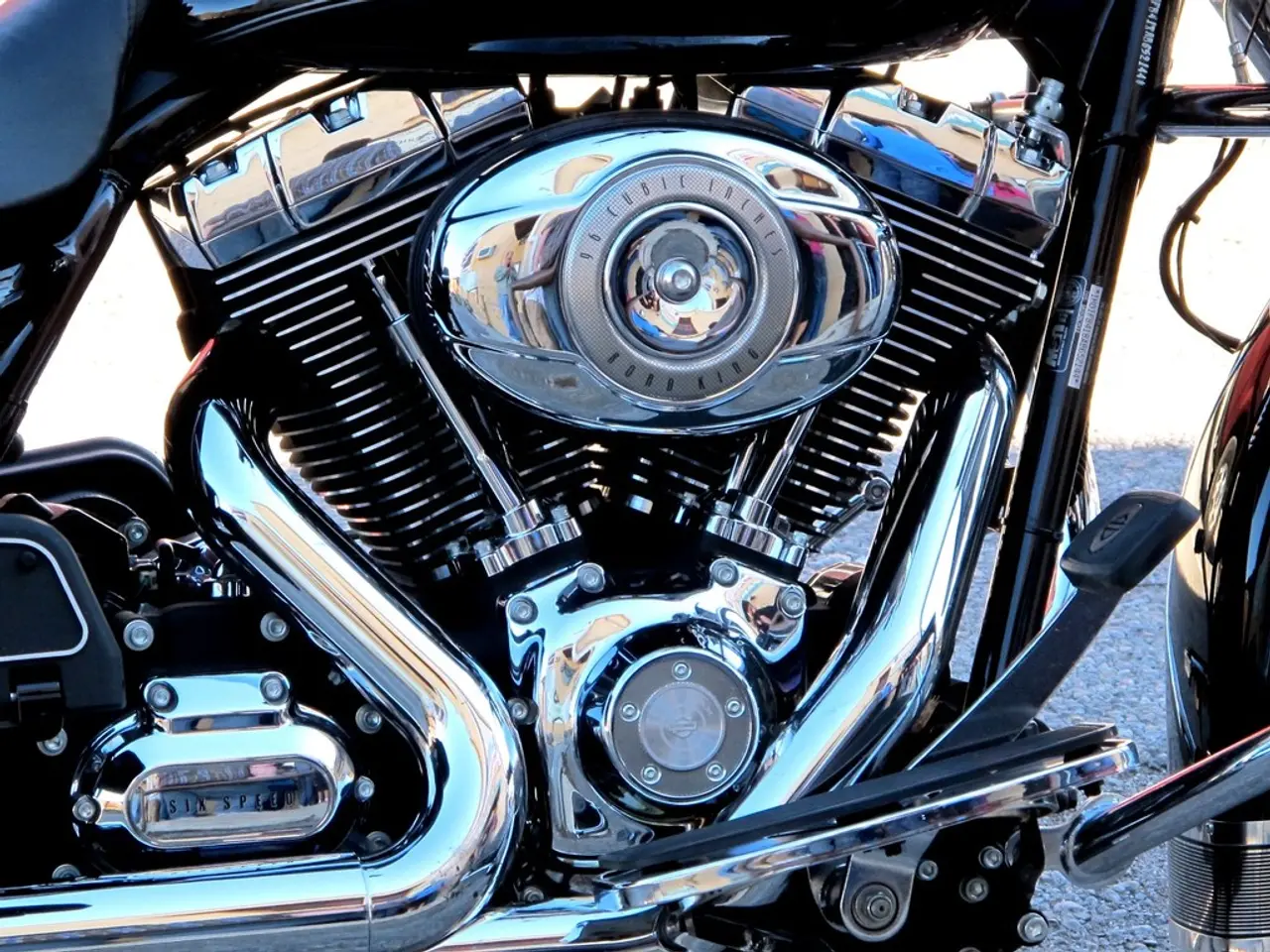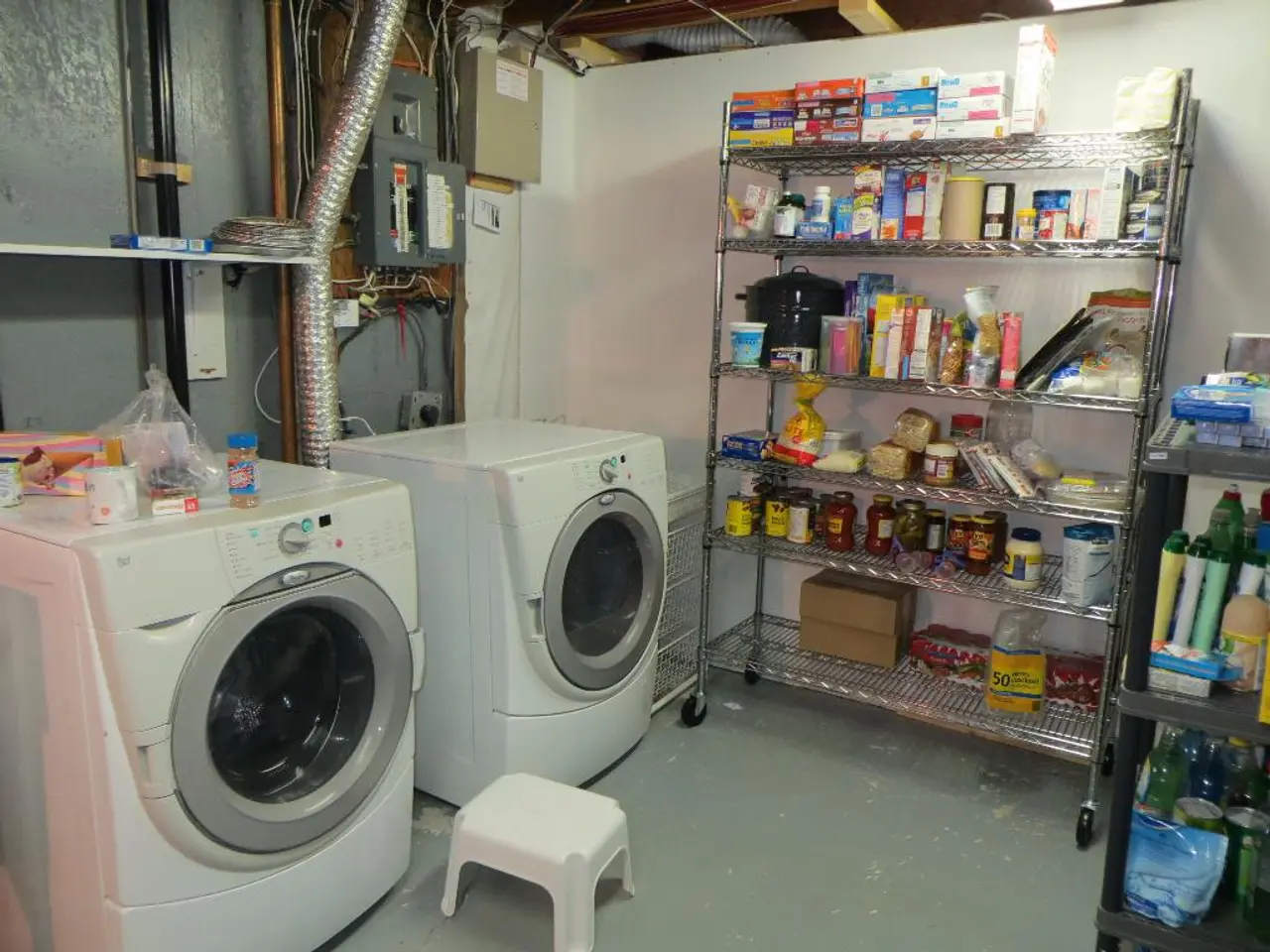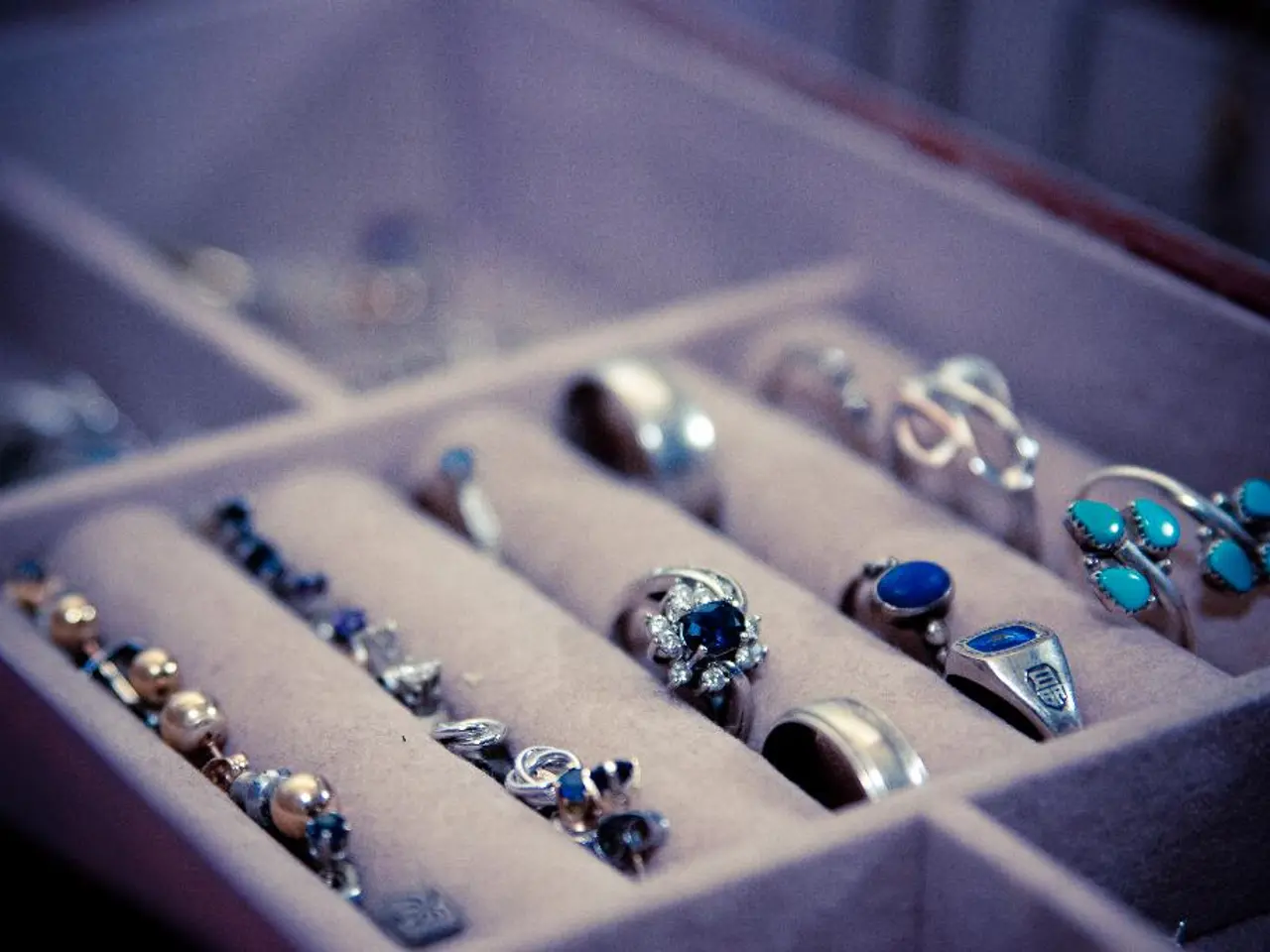Unraveling the Artistry of Wiring: An Insight into Wire Harness Craftsmanship
In the realm of engineering, crafting a custom cable harness is a complex yet rewarding task. This article offers practical advice on every aspect of the process, from wiring selection and tubing choices to assembly techniques and planning considerations.
**Wiring Selection**
The key to a robust cable harness lies in the choice of wires. Selecting the right gauge ensures safe operation and prevents overheating, while durable insulation materials safeguard the wires from environmental factors such as heat, abrasion, and flexing. A mix of signal, power, and data cables, each with properties tailored to their function, forms the backbone of any cable harness.
**Tubing and Sealing**
Protective sleeving, whether braided, expandable, or corrugated, serves multiple purposes: organising wires, providing strain relief, and offering environmental protection. In harsh environments, sealed connectors with IP-rated or weatherproof sealing are essential to prevent moisture and dust ingress. Heat shrink tubing at branch points and exits from the main cable bundle offers additional strain relief and sealing.
**Corrosion Prevention**
Epoxy or other potting compounds at connector backshells and wire exits block moisture and prevent corrosion, especially in outdoor or high-humidity environments. To enhance corrosion resistance, consider tin-plated or gold-plated connectors and terminals, particularly in applications where longevity is crucial.
**Common Connectors**
Heavy-duty, sealed, weatherproof, and high-current connectors are indispensable for rugged applications. Modular and multi-pin connectors facilitate easy servicing, while standardised interfaces ensure compatibility and replacement ease.
**Tooling**
High-quality, calibrated wire strippers and crimping tools are essential for precise wire preparation, critical for reliable crimps. Manual or automated crimp tools appropriate for your terminal type and wire size ensure a properly crimped terminal, vital for electrical reliability, especially in high-vibration environments. Labeling and identification tools simplify installation, troubleshooting, and maintenance.
**Assembly Technique**
Before full production, build and test a prototype to verify electrical performance and mechanical fit. Sequential assembly, following a wiring diagram and assembly board, minimises errors. Quality control tests, including continuity and insulation resistance, catch issues before deployment. Strain relief secures the harness at regular intervals and at connector exits to prevent wire fatigue.
**Planning and Documentation**
Comprehensive electrical schematics and wiring diagrams, specifying wire lengths, routing, connector types, and terminal assignments, form the foundation of any cable harness project. Specialized cable harness design software visualises layouts, manages component libraries, and generates bills of materials. Version control ensures that design changes and documentation are tracked for future reference and troubleshooting. Gathering detailed application requirements upfront tailors the harness to its operating environment and functional needs.
With this comprehensive approach to cable harnessing, you can create custom cable harnesses that are reliable, durable, and tailored to the specific demands of your application.
In the realm of lifestyle, one might appreciate the art of crafting a custom cable harness, as it offers both complexity and reward, much like the DIY projects in home-and-garden and technology spheres. Moreover, the application of this engineering skill could lead to the enhancement of your electronic devices' performance and durability, making it an essential addition to your tech-centered lifestyle.




